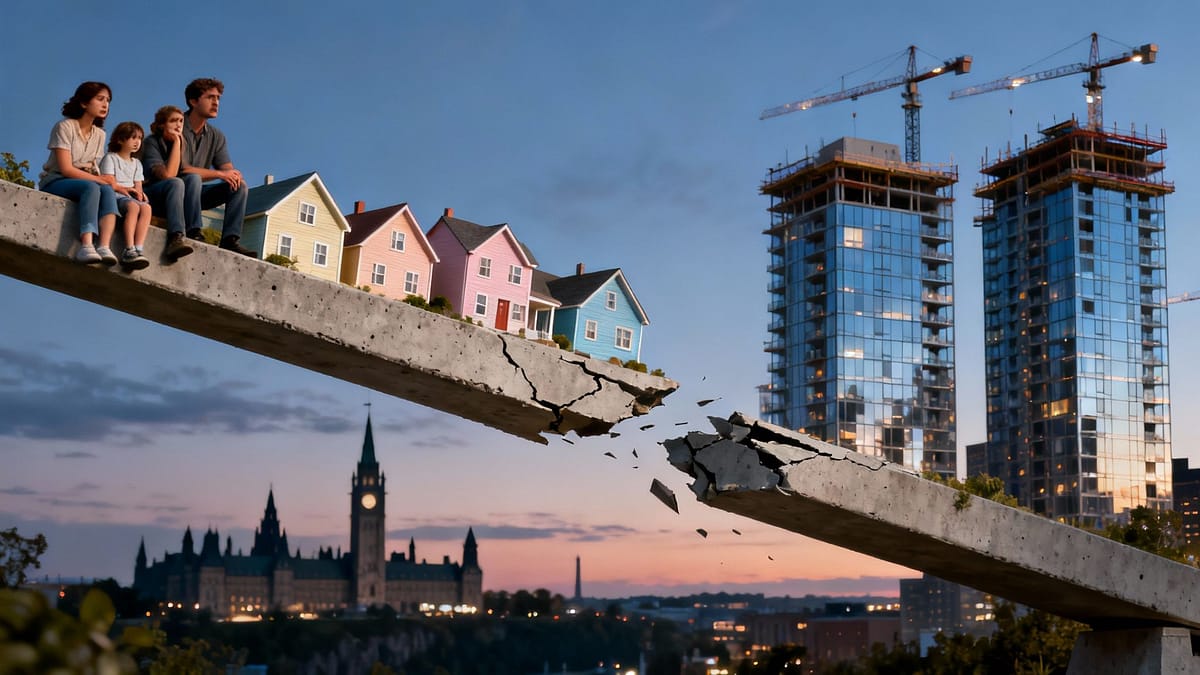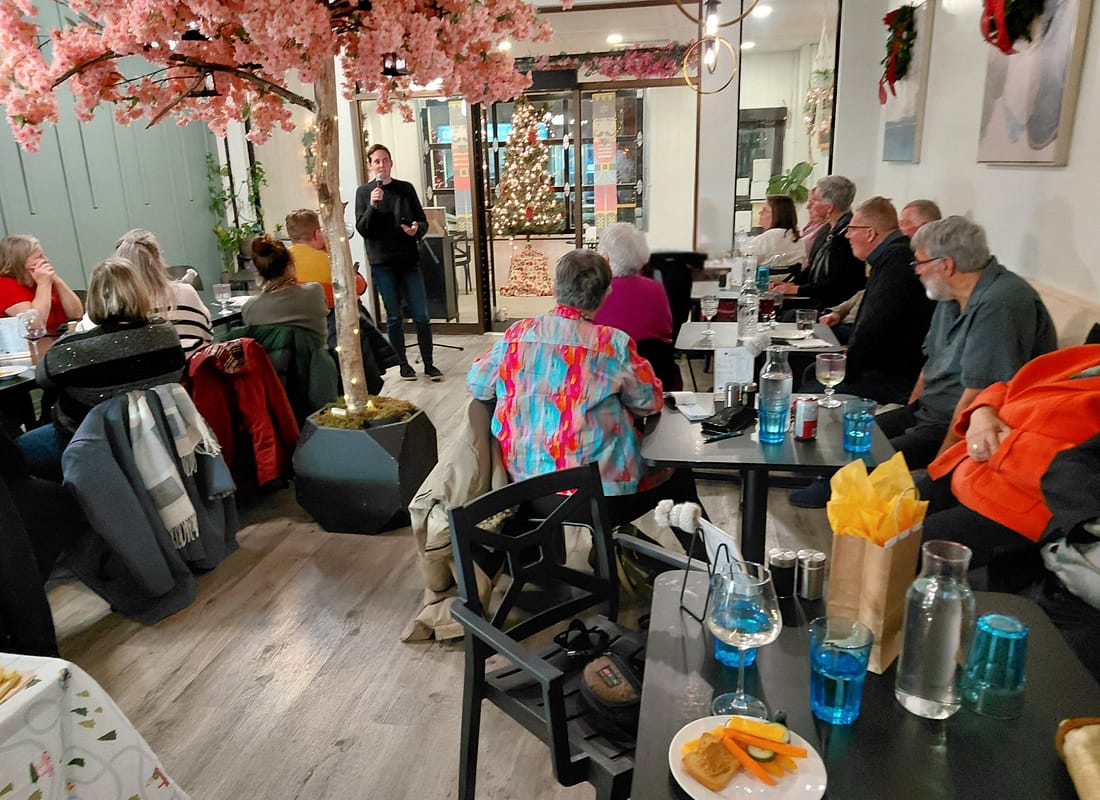Los Angeles is once again in the spotlight for unrest. Over the past week, what began as peaceful protests against federal immigration raids has morphed into the L.A. Riots – a volatile mix of street demonstrations and sporadic chaos in California’s largest city. Sirens wail through downtown nights, National Guard troops guard government buildings, and storefronts are boarded up after looting. How did a protest over immigration enforcement escalate into this upheaval, and why are people far beyond the U.S. watching events in Los Angeles with bated breath?
The Spark Behind the Unrest
The current L.A. Riots were triggered by an aggressive immigration crackdown ordered by President Donald Trump’s administration. Last Friday, Immigration and Customs Enforcement (ICE) agents conducted sweeping raids across Los Angeles, detaining dozens of undocumented residents in what officials touted as the start of the “largest mass deportation campaign in American history”. For many in L.A.’s immigrant communities – a city that proudly calls itself a sanctuary – this was the last straw. Crowds of outraged residents and activists took to the streets, chanting “ICE out of L.A.!” and demanding an end to the raids. The demonstrations were fueled by fear and anger: fear that families would be torn apart, and anger that federal agents were, as local leaders put it, “sowing terror” in their neighborhoods.
What initially began as peaceful rallies quickly grew in size and intensity. By the next day, confrontations between protesters and federal officers were erupting. In one incident, hundreds of demonstrators waving American and Mexican flags squared off with security forces in a standoff on a city street littered with tear gas canisters. Tensions mounted further when President Trump, determined not to back down, announced he would “flood the zone” with reinforcements. He signed a memorandum deploying 2,000 National Guard troops to Los Angeles on Saturday, vowing to “address the lawlessness” and keep the situation under control. Trump even warned that if California’s leaders couldn’t handle it, the federal government would “solve the problem, RIOTS & LOOTERS, the way it should be solved!!!” – a blunt message posted on his social media as unrest spread.
From Protest to Turmoil in Los Angeles
For several days now, Los Angeles has walked a tightrope between peaceful protest and full-blown chaos. By day, crowds march and rally against the immigration raids; by night, parts of downtown descend into mayhem. The L.A. Riots have been largely concentrated in a few blocks of the city’s center, but within that zone the scenes have been alarming. This past Sunday night proved a turning point: demonstrators clashed with police, and opportunistic looters ransacked businesses under cover of the commotion. Videos showed masked figures raiding a sneaker store and a gas station in one of the hardest-hit areas near 6th Street and Broadway. A car was even set ablaze in an intersection – a flashback to imagery from L.A.’s infamous 1992 unrest.
City authorities responded with urgency. Police declared an unlawful assembly and fired tear gas and sponge-tipped bullets to disperse the unruly crowds. By the end of the night, at least 42 arrests had been made on charges ranging from looting to attempted murder. One British photojournalist covering the chaos was struck in the eye by a projectile and had to undergo surgery for his injuries, underscoring how indiscriminate the turmoil became. In an effort to regain control, Mayor Karen Bass imposed an overnight curfew for two nights in a row, aiming to clear the streets after dusk. Bass, a former congresswoman now leading the city, tried to strike a balance between supporting peaceful protesters and denouncing criminals. “Let me be clear,” she announced, those who vandalize or loot are not helping the cause – they “do not care about our immigrant communities” and will be held accountable. In other words, the message from local leaders was that L.A. Riots might have arisen from a righteous grievance, but violence and destruction won’t be tolerated.
Federal Troops and a Political Showdown
Even as Los Angeles police and city officials struggled to restore order, a high-stakes political showdown unfolded between California and Washington. President Trump portrayed the L.A. Riots as proof that a firm hand was needed. At his direction, 2,000 National Guard members were already on the ground by the weekend, and by Monday he authorized 700 U.S. Marines to deploy to L.A. streets as well. These active-duty Marines – a rare sight in American cities – were given authority to detain anyone interfering with federal immigration agents. Trump argued that without this muscular intervention, “Los Angeles would be burning to the ground right now”. Indeed, the last time U.S. troops patrolled L.A. was in 1992, during the Rodney King riots, but crucially that was done at California’s request; this time, the state’s leadership vehemently opposed the federal deployment.
Governor Gavin Newsom and Mayor Bass blasted Trump’s actions as an unconstitutional overreach that only inflamed tensions further. Newsom, in a fiery televised address, accused the President of “intentionally inflaming the situation” and warned that “democracy is under assault right before our eyes”. He called the federal troop presence “illegal, immoral and unconstitutional”ground.news, likening the show of force to political theater that was turning a tense situation into a potential tragedy. The conflict escalated into personal terms: Trump’s immigration adviser Tom Homan suggested Newsom should be arrested for hindering federal efforts, prompting the governor to effectively dare the White House – “Come and get me,” Newsom taunted. Such charged rhetoric is virtually unprecedented between a U.S. president and a sitting state governor. It highlights how the L.A. Riots have become more than a local disturbance; they are now a battleground in America’s bigger fight over immigration, federal power, and civil liberties.

The political stakes continued to rise. In Washington, Trump’s allies branded the protesters “insurrectionists” and suggested the unrest was a left-wing plot to undermine immigration law. The White House insisted it would not back down from the deportation drive, “left-wing riots” notwithstanding. On the other side, California’s leaders doubled down on defiance – filing lawsuits to block the troop deployment, publicly shaming Trump’s tactics, and urging calm among residents. The L.A. Riots have thus laid bare a deepening divide: a President determined to assert his will, and a state positioning itself as the resistance. It’s a constitutional stress test that Americans haven’t seen in decades. As one veteran California politician put it, “This is an existential battle over the balance of power in America”.
Why the L.A. Riots Matter Beyond the U.S. and in Canada
Scenes of military trucks rolling down Sunset Boulevard and protesters facing off with armed troops have not only riveted Americans, they have drawn global attention. The L.A. Riots carry implications far beyond the United States, touching on issues of democracy, human rights, and the treatment of migrants that resonate worldwide. Allies and adversaries alike are watching closely. The United Nations took the unusual step of weighing in, urging U.S. authorities at all levels to de-escalate and warning against “further militarization” of the situation. It’s a reminder that America’s domestic conflicts can quickly become an international concern when fundamental rights and stability are perceived to be at stake.
Meanwhile, foreign governments have seized on the unrest for their own agendas. In Beijing, officials issued a travel advisory warning Chinese citizens to steer clear of protest-hit areas in California. Chinese state media have highlighted the L.A. Riots to question U.S. stability and to blunt American criticism of China’s handling of protests in places like Hong Kong. The message from China’s foreign ministry was pointed: the U.S. has no high ground to lecture others about civil unrest when Los Angeles itself is in turmoil. Similarly, pundits in Russia and Iran are broadcasting images of the L.A. Riots as evidence of American hypocrisy and weakness. Every burst of violence on a Los Angeles street corner becomes fodder for geopolitical narratives – something U.S. diplomats will likely have to contend with in the months ahead.
Beyond diplomatic sparring, there is a more fundamental reason why the L.A. Riots matter globally: they are part of a broader pattern of social upheaval that has defined recent years across continents. From uprisings in the Middle East and Europe’s surging street protests to movements against authoritarian crackdowns in Asia, the world is experiencing a “new era of civil unrest”. What’s happening in Los Angeles is, at its core, a struggle over government power and minority rights – themes that are universal. The sight of American soldiers deployed in an American city blurs the line between the U.S. and countries it often critiques for heavy-handed domestic tactics. Activists around the world see kinship with L.A.’s protesters standing up to authority; at the same time, authoritarian leaders may see validation to use troops on their own streets, citing the American example. The ripple effects are both inspirational and cautionary.
Lastly, the crisis spotlights the global issue of migration. Virtually every developed nation is wrestling with how to handle immigration, and the L.A. Riots underline the human toll such crackdowns can take. The raids that ignited this unrest echo controversies in Europe’s handling of refugees and Australia’s immigration detention policies. Los Angeles – home to immigrants from over 100 countries – became a flashpoint that encapsulates a worldwide debate: how to balance rule of law and border enforcement with compassion and human rights. The outcome of these riots and the U.S. government’s response could influence immigration hardliners and humanitarians elsewhere, either emboldening tougher crackdowns or fueling reform efforts. In short, the stakes extend well beyond Southern California.
A City and World on Edge
As of now, the L.A. Riots show tentative signs of calming, but the situation remains fragile. Protesters insist they will not relent until the immigration raids stop, while federal authorities vow the law will be enforced no matter the resistance. The Biden Center in Los Angeles (a hub for immigrant services) is now a makeshift refuge for families afraid of being separated, and every evening brings uncertainty over whether peace or pandemonium will prevail after dark. California’s governor has starkly described the moment: “The moment we’ve feared has arrived,” Newsom said, referring to the erosion of democratic norms in the face of an authoritarian-style crackdown. It’s a sentiment that resonates far beyond California.
The L.A. Riots of 2025 will be remembered as more than just an eruption of anger in one city. They are a mirror reflecting both America’s internal conflicts and broader global trends. For Angelenos, the hope is that dialogue and justice – not tear gas and troops – will resolve the grievances that sparked this tumult. For international observers, Los Angeles has become an object lesson in how quickly democratic ideals can be tested when fear and fury collide. Will cooler heads prevail before the fractures deepen? The world is watching, and the legacy of these L.A. Riots will likely reverberate in conversations about governance and human rights for years to come.







